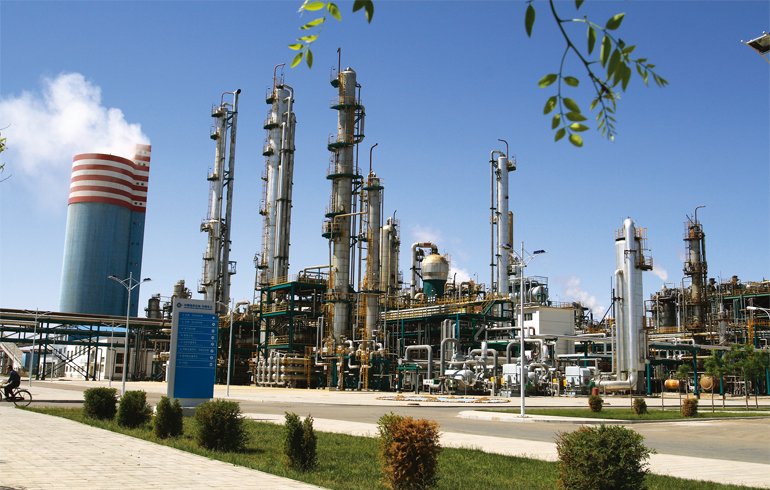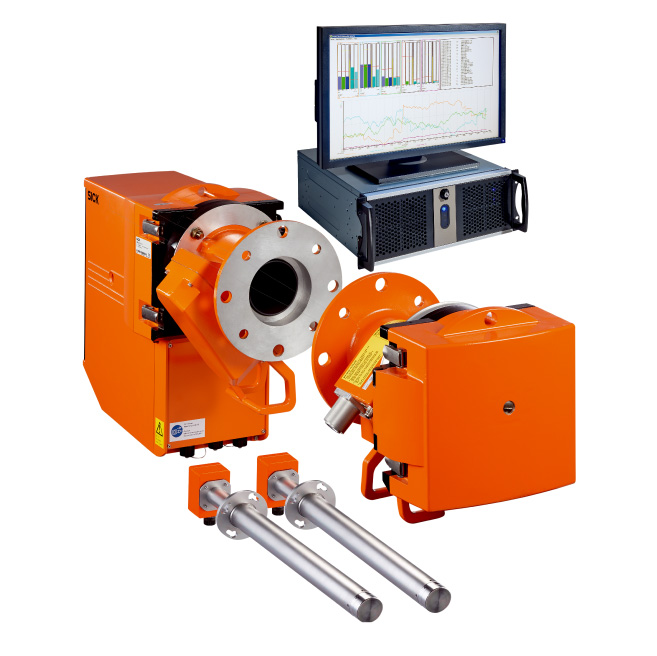Q: What is shore power facility?
A: Shore power facilities refer to the whole equipment and devices that provide electrical energy from the shore power system to the ships docked at the wharf, mainly including switchgear, shore power supply, power connection devices, cable management devices, etc.
Q: What is a ship power receiving facility?
A: Ship power receiving facilities refer to onboard devices of ship shore power system.
There are two construction modes for the shore power system: low-voltage on-board and high-voltage on-board.
Low-voltage onboard: Convert the 10KV/50HZ high-voltage power supply of the terminal power grid to a 450/400V, 60HZ/50HZ low-voltage power supply through a voltage conversion and frequency conversion device, and directly connect it to the power receiving equipment on board.
Scope of application: suitable for small ports and wharves.
High-voltage onboard: Convert the 10KV/50HZ high-voltage power supply of the terminal power grid to a 6.6/6KV, 60HZ/50HZ high-voltage power supply through a variable voltage and frequency conversion device, and connect it to the onboard power system for use by onboard equipment.
Scope of application: It is suitable for large-scale coastal port terminals and coastal and riverside medium-sized port terminals.
Law of the People’s Republic of China on the Prevention and Control of Air Pollution
Paragraph 2 of Article 63 The newly-built wharf shall plan, design and construct shore-based power supply facilities; the already-built wharf shall gradually implement the transformation of shore-based power supply facilities. The shore power shall be used first after the ship calls at the port.
So which ships should be equipped with onboard devices for ship shore power systems?
(1) Chinese public service vessels, inland water vessels (excluding tankers) and direct river-sea vessels, constructed on or after January 1, 2019 (with the keel laid or at the corresponding construction stage, the same below).
(2) Chinese domestic coastal voyage container ships, cruise ships, ro-ro passenger ships, passenger ships of 3,000 gross tonnage and above, and dry bulk carriers of 50,000 dwt and above built on or after January 1, 2020.
(3) Starting from January 1, 2022, Chinese nationals who use a single marine diesel engine with an output power of more than 130 kilowatts and do not meet the requirements of the second stage nitrogen oxide emission limit of the International Convention for the Prevention of Pollution from Ships Ships, inland ships (except tankers), and Chinese domestic coastal voyage container ships, ro-ro passenger ships, passenger ships of 3,000 gross tonnage and above, and dry bulk carriers of 50,000 tons (dwt) and above.
Therefore, the use of shore power can not only save fuel costs, but also reduce pollutant emissions. It is really a good technology that benefits the country, the people, the ship and the port! Why not, fellow crew members?
Post time: Aug-10-2022


